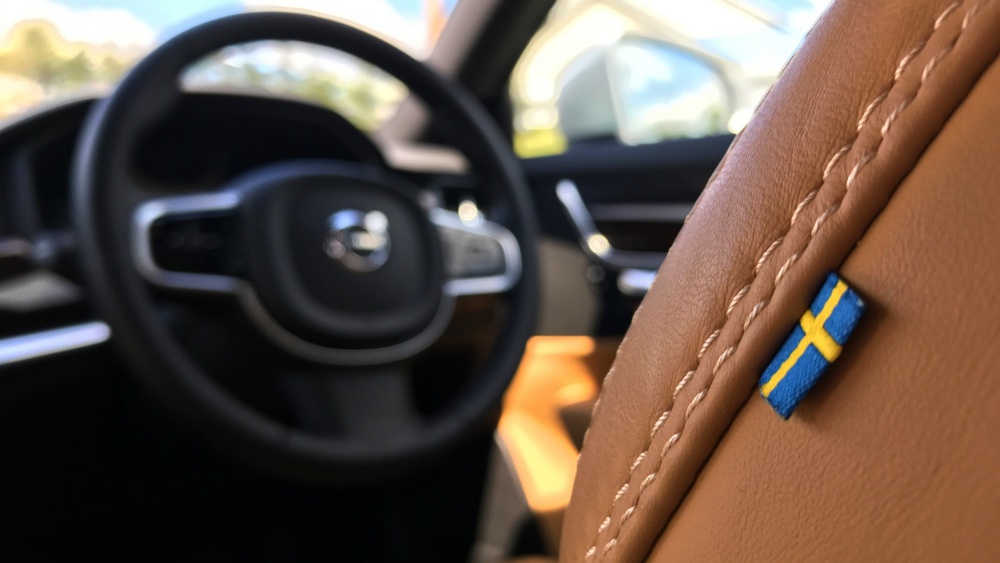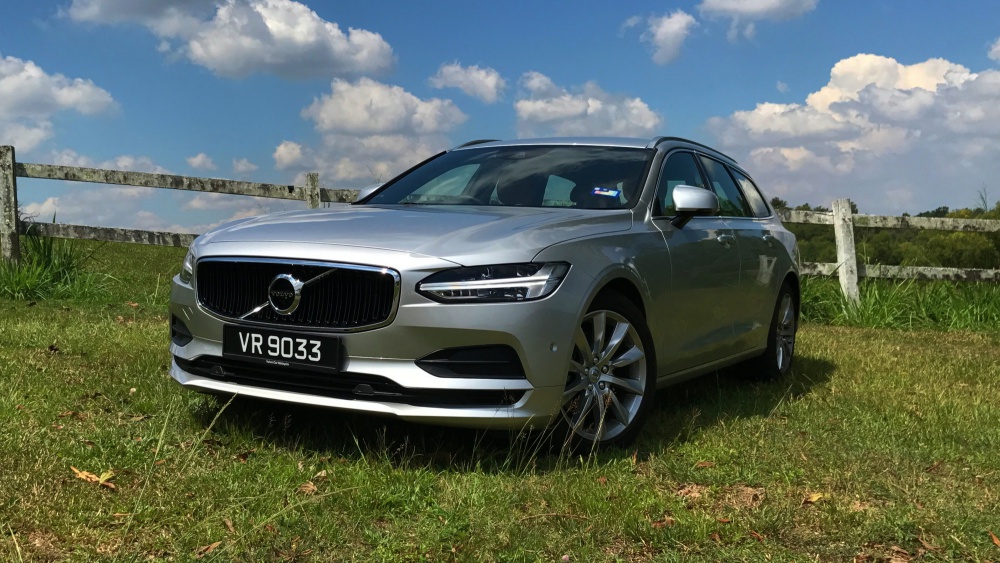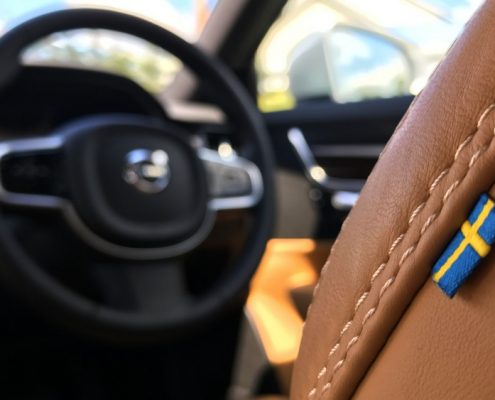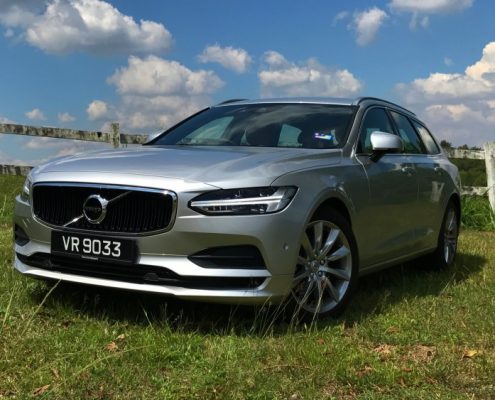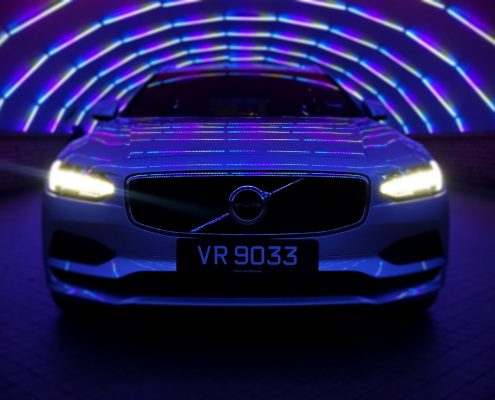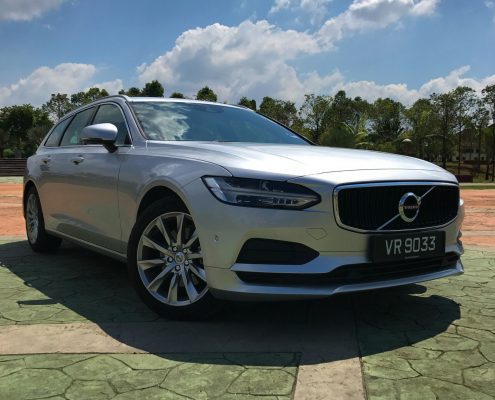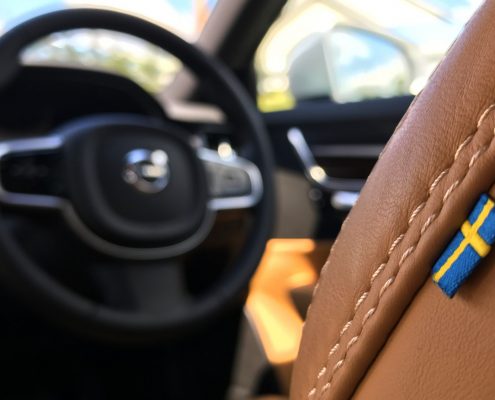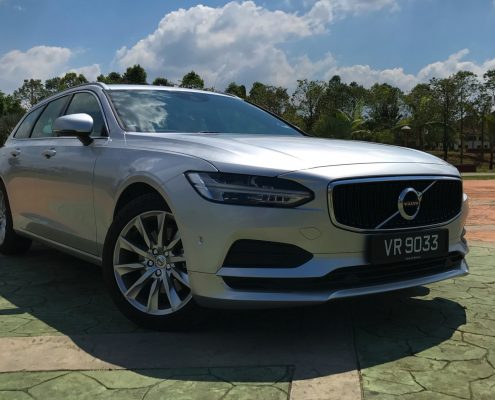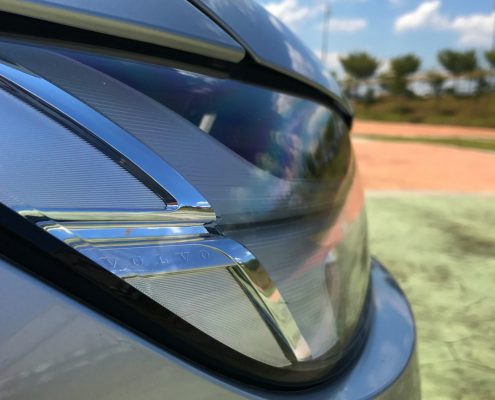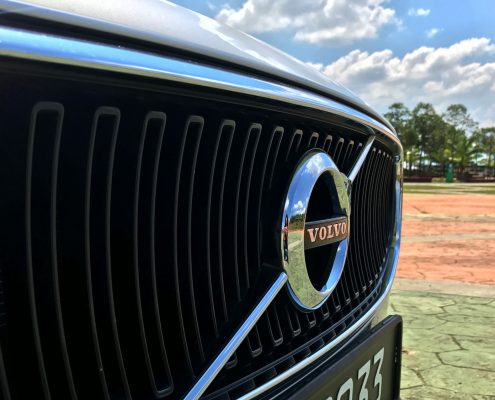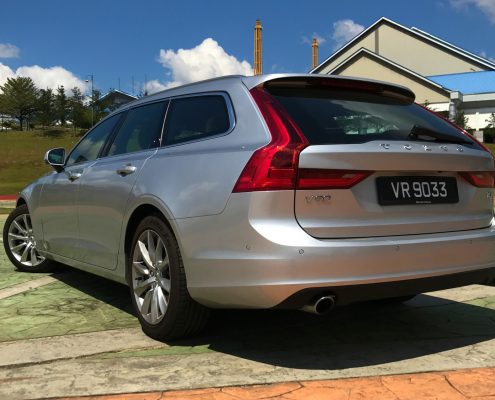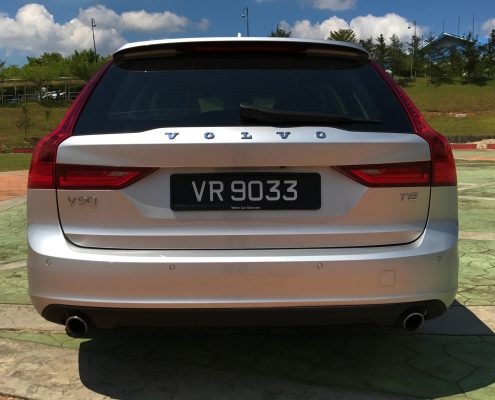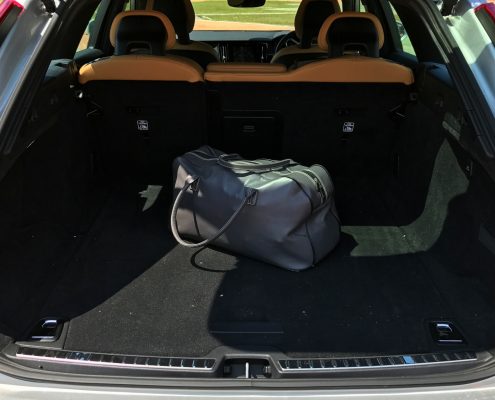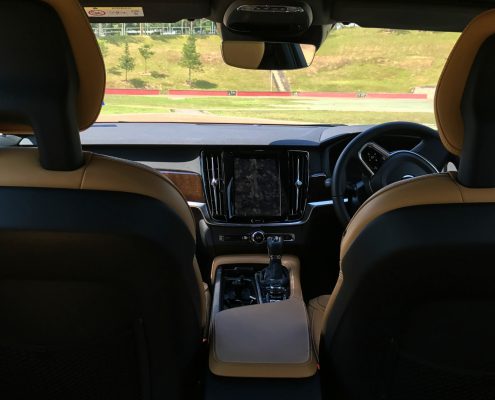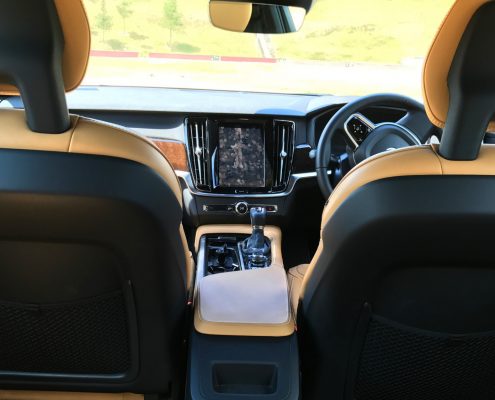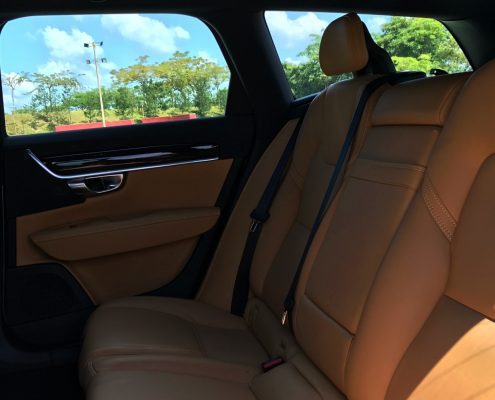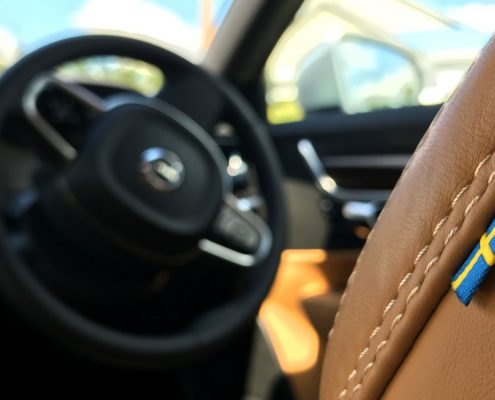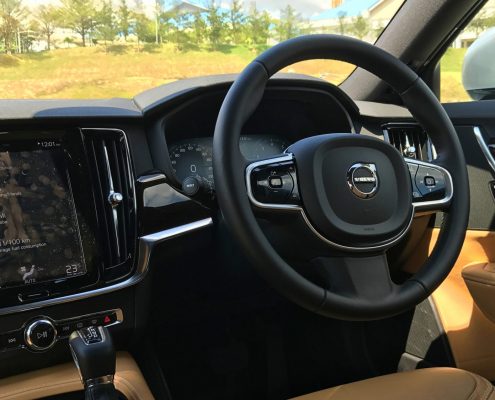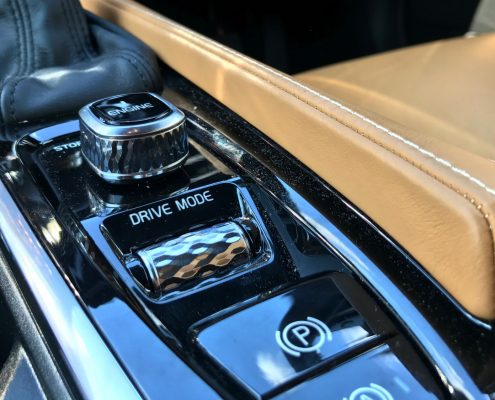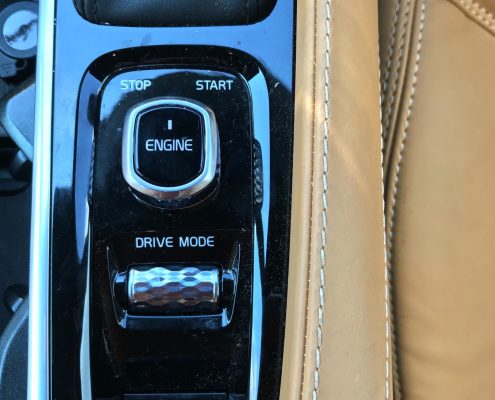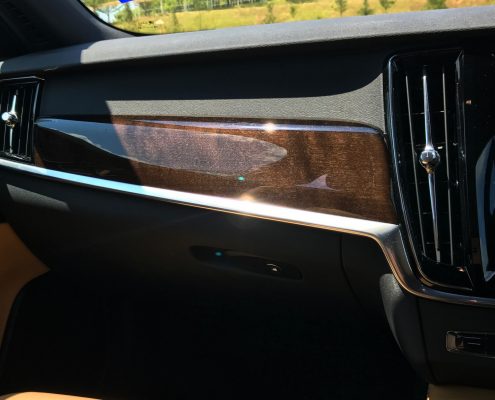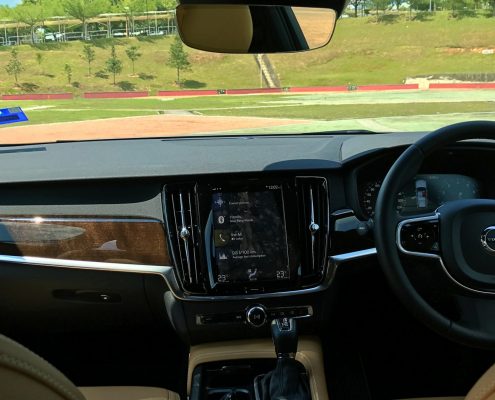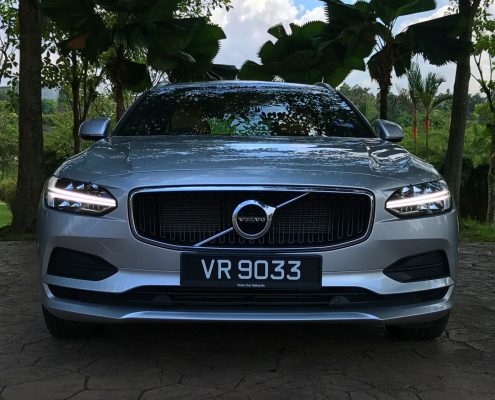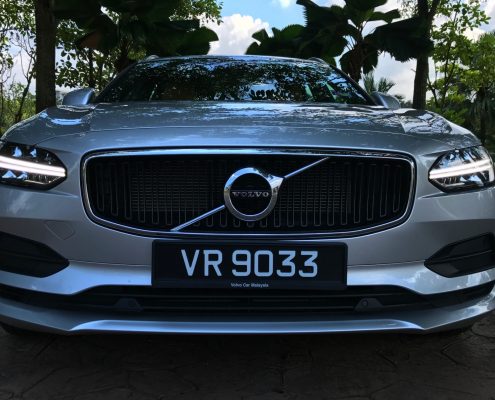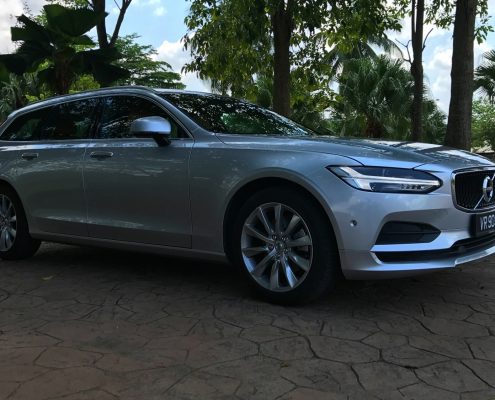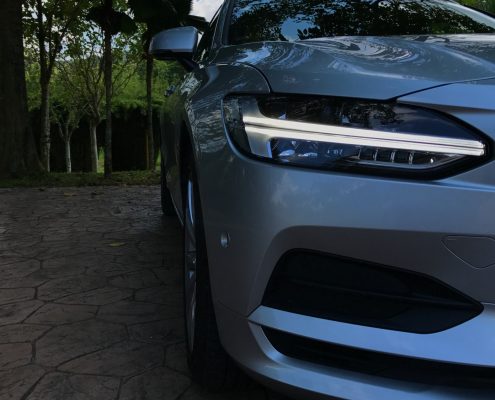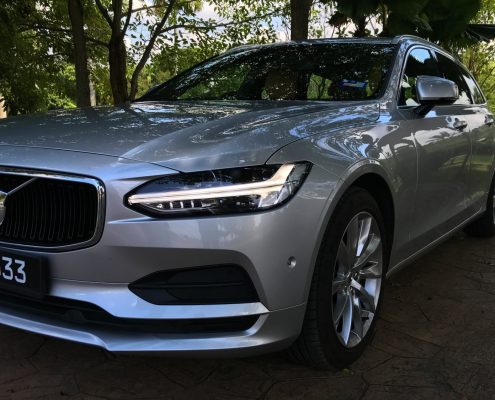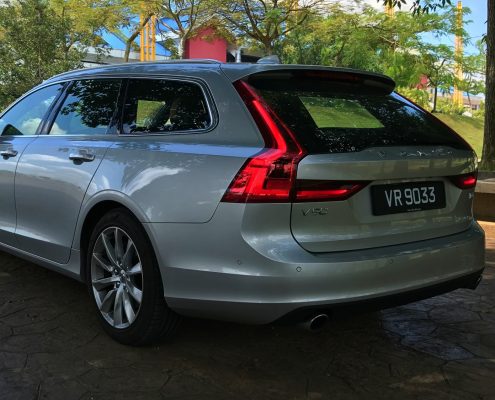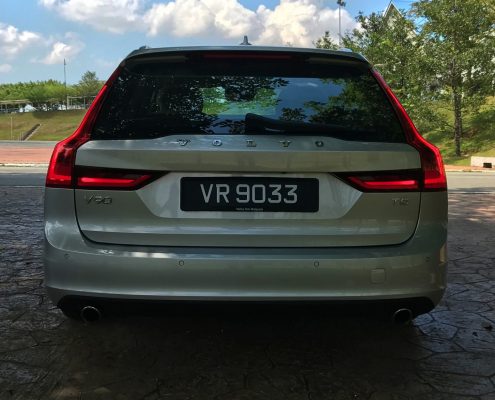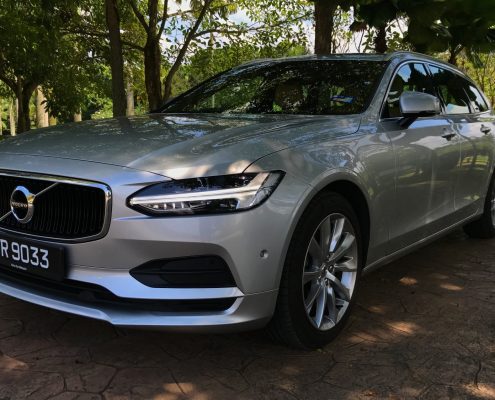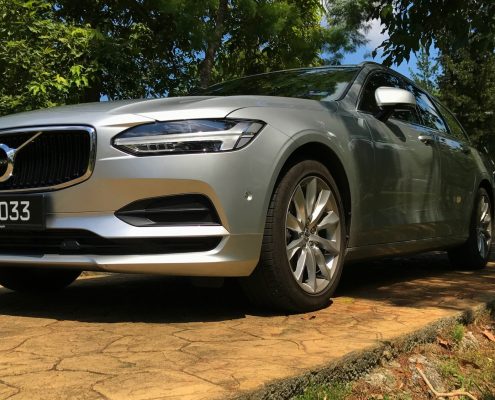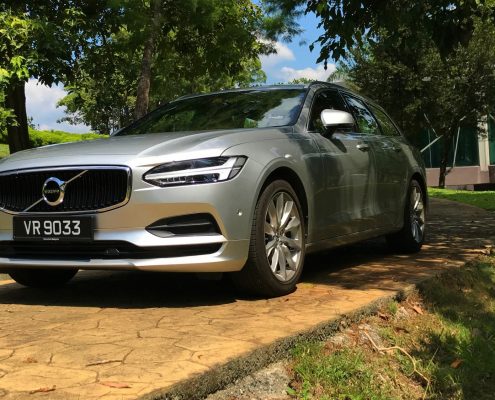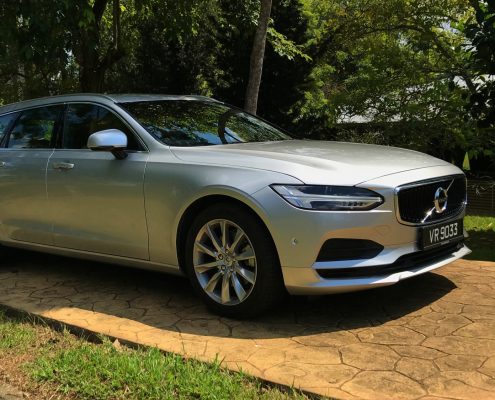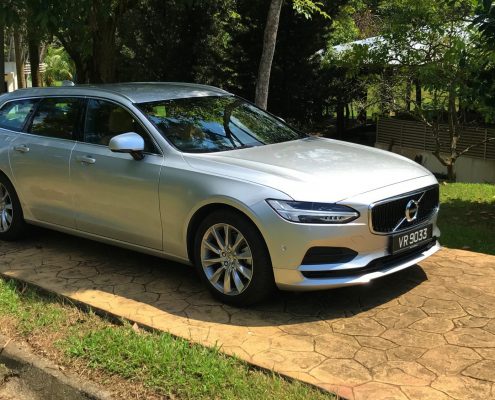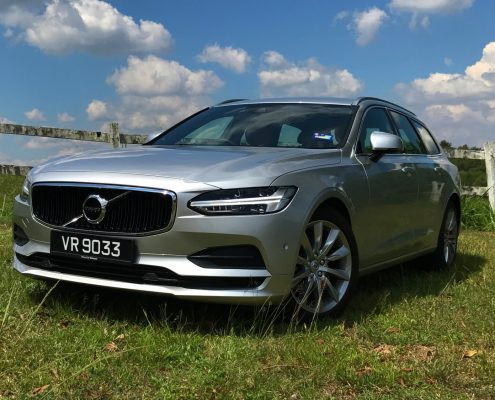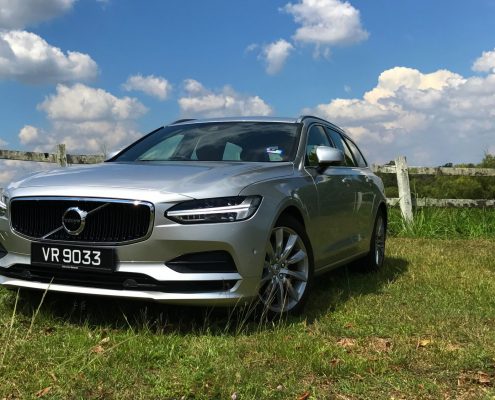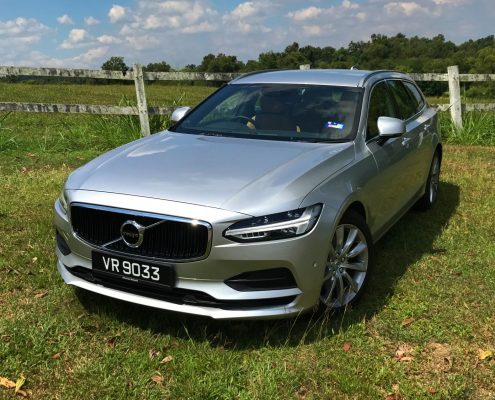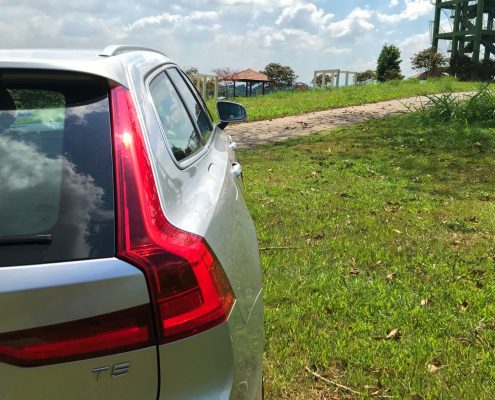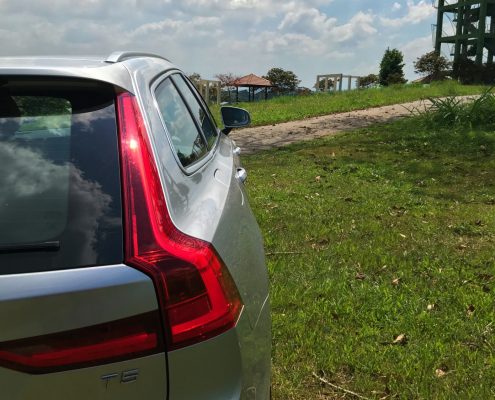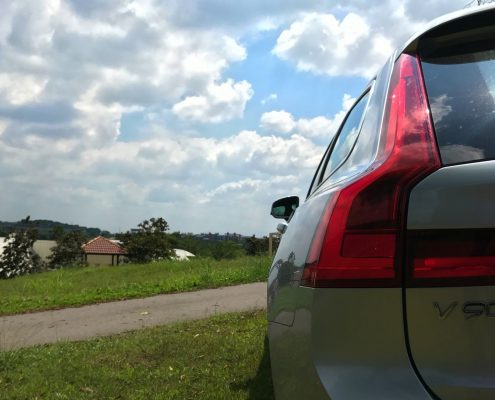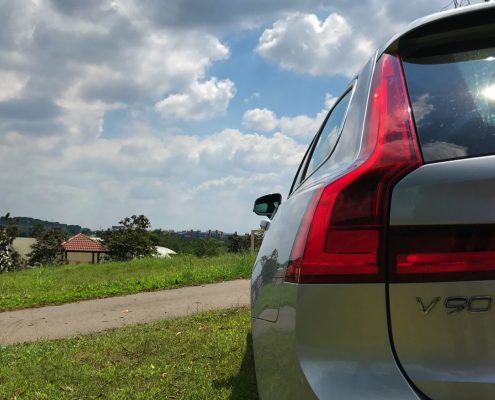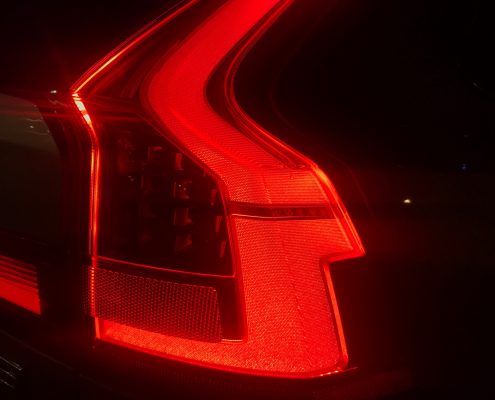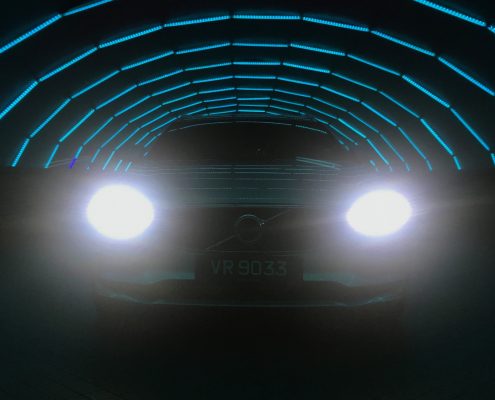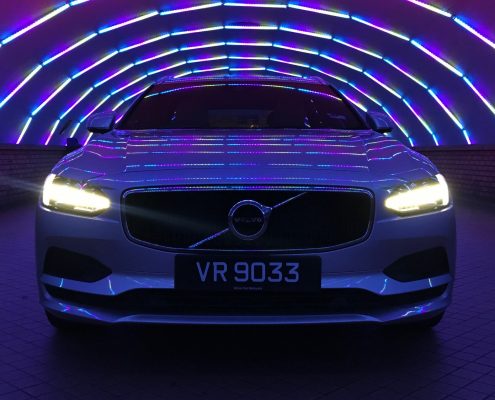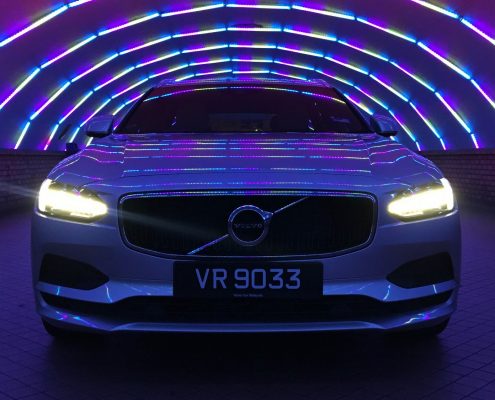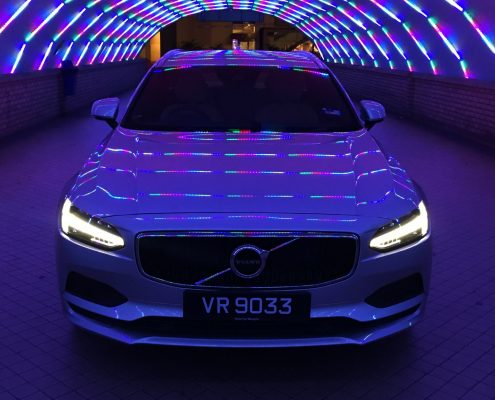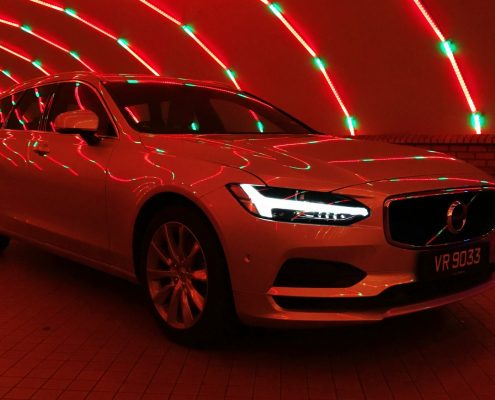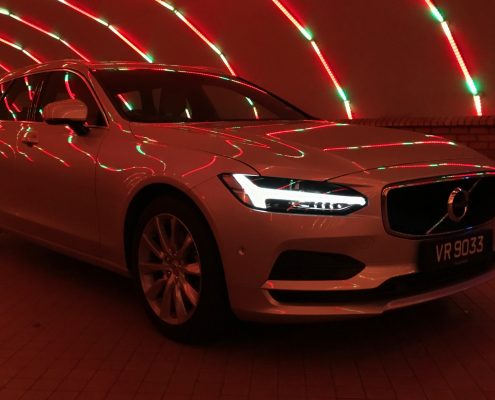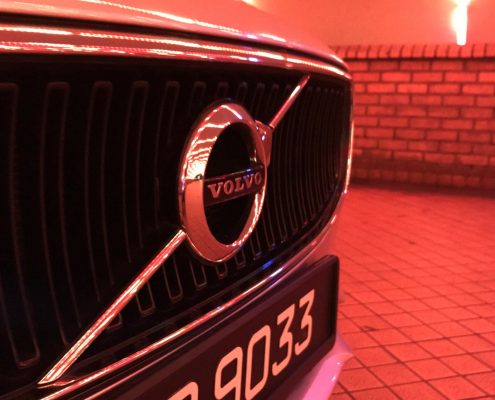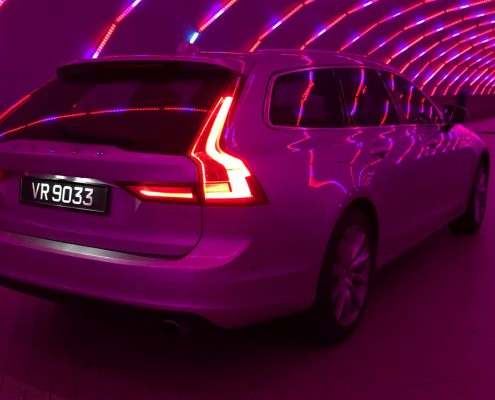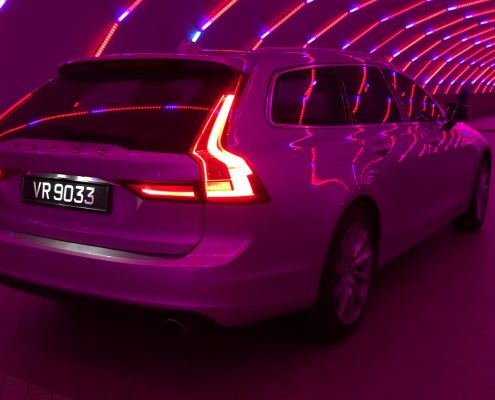If we look back in time, when we were younger (and when our currency was worth more), you’d remember a time when high-riding, four-wheel drive vehicles were the reserve of people who worked on estates and rarely found themselves on tarmac. They weren’t cars for the school run, nor were they bought to plough through the potholes of Petaling Jaya without damaging their alloys. Back then, hauling the family through town and country was the job of the estate car.
When I talk to contributing editor Jim (Kem), it’s easy to understand his point of view. He loves estate cars, and he thinks that the traditional saloon will soon die out as SUVs continue their rise and hatchbacks get more practical. Of course, through all this, the estate will prevail. Offering the same sort of luxury presence as a saloon but with far more space behind the rear seats, the estate also gets rid of the floaty and sometimes disjointed experience of driving an SUV. Naturally, estates are still mightily popular in Europe; Malaysia continues to hold the saloon dear though, likely due to us simply being used to seeing the saloon shape that was first introduced to us during the last vestiges of the British occupation. We did covet the Bentleys and Rolls-Royces of the district officers and residents, though how that translates into a Perodua Bezza, I am still unsure.
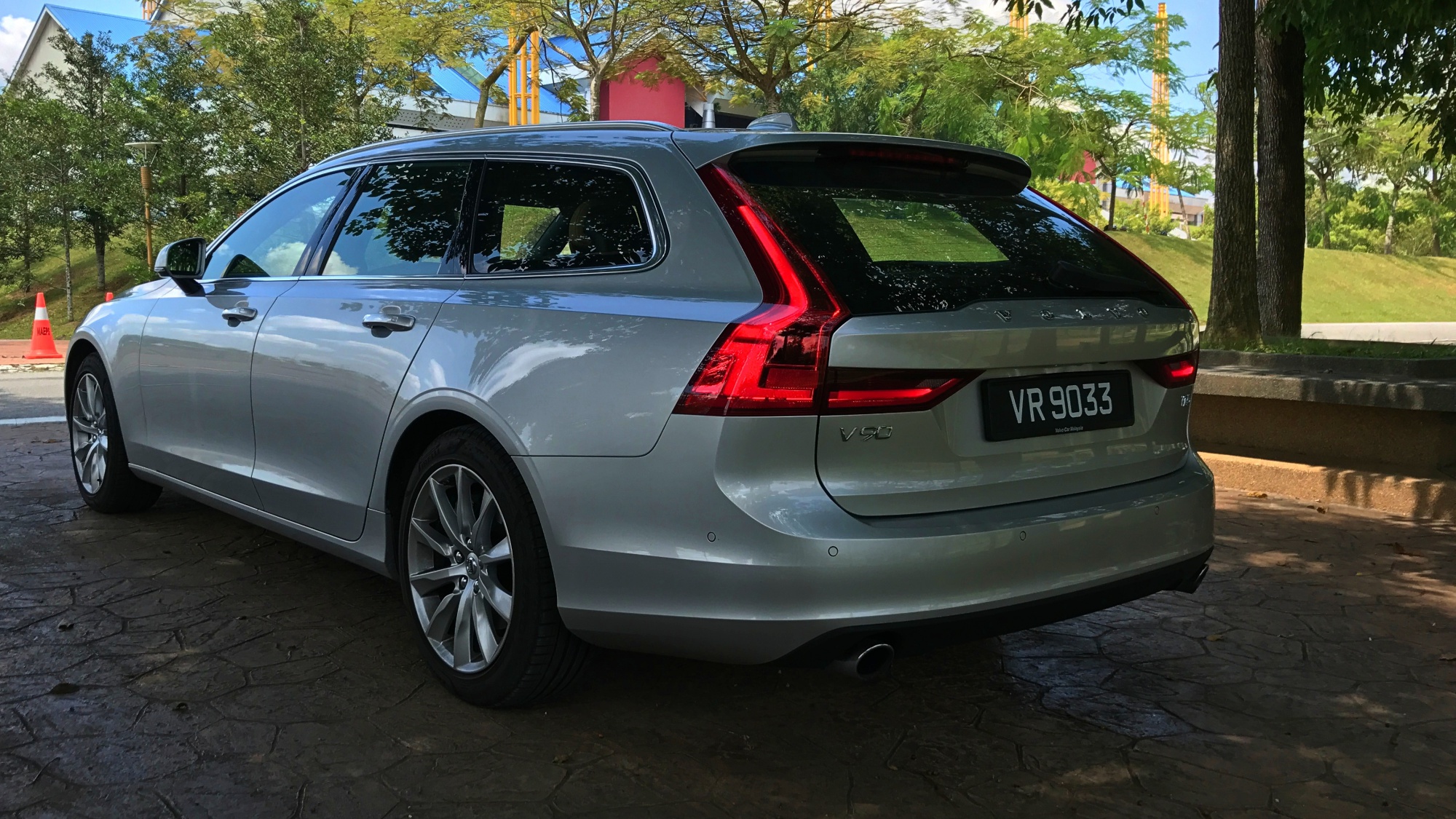
But while the estate won some fans in our little country, the saloon took a grip on the buying populace with a force that’s still evident today. Mass-market carmakers have all but given up on trying to popularise the estate car here, with only the Peugeot 508 and Mazda 6 Touring coming to mind. Why bother offering such a niche body style in a market that clearly doesn’t want them? It’s little wonder then to see that estates tend to command huge premiums over their booted siblings. Buying into such an exclusive club is not easy.
You may wonder now why SUVs are so popular, given a large number of them are basically just estate cars that ride higher. The reason for that is because SUVs aren’t so much a mode of transportation as they are a lifestyle statement. Having an SUV means you kayak on the weekends and eat food off a tree bark, while the other guy in his saloon has to eat off something as pedestrian as china. It means you’re edgier and cooler, and lets you think that you’ve reclaimed some excitement in your life despite your job slowly killing you with boredom. SUVs also come with all-wheel drive usually, which is something you end up paying more for both when you buy the car and when you fill it up. And while I may be painting a target on my back for saying this, the majority of all-paw SUV owners will never need their all-wheel drive systems, not even when it rains heavily and puddles form outside their condo.
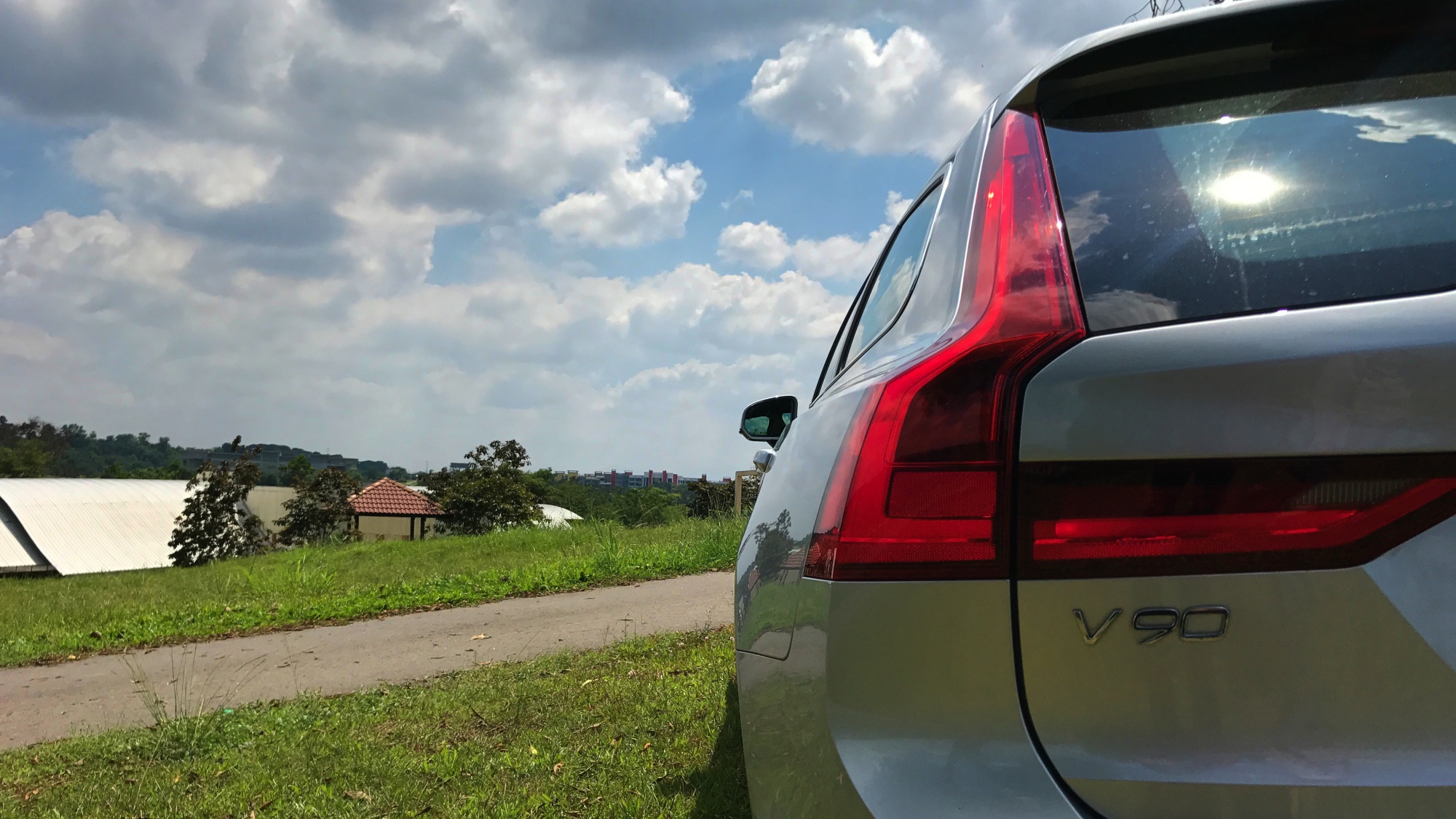
You may think I’m suggesting that a large number of the general public are greatly misinformed, and that by hopping behind the wheel of a Mazda CX-5 or BMW X3 they are defying logical reasoning that is easy to understand, and you’d be right. While I understand the need for an SUV (I often visit properties with muddy, inclined driveways that would leave anything less than a Subaru dead in the water), they’re only really justifiable when I’m driving through the foothills of the Pahang highlands, not when I’m parking in Mid Valley Megamall or traversing the jam on Jalan Tun Razak. I look at my fellow countrymen in their jacked-up hatchbacks and think, why on earth have you done that when you could have saved nearly five figures by buying something with fewer inches in the ride height?
This question became even more apparent when I found myself behind the wheel of the very newest estate on the market, the Volvo V90. In T5 guise, it looked sedate and mature, the way a large luxury car ought to. It was svelte and sleek and looked resplendent in silver, a colour I usually hate with the very fibre of my being. I would say I was piloting it, but I was not; The V90 had PilotAssist, a semi-autonomous driving function that works at up to speeds of 130km/h, perfect for handling the Federal Highway at a more relaxed 80km/h. As an SUV screamed past me I wondered why someone would have paid so much more for something far more compromised. It drinks more fuel, it isn’t any more practical, and has a complicated powertrain that will eventually cost more to keep running. I still can’t work it out.
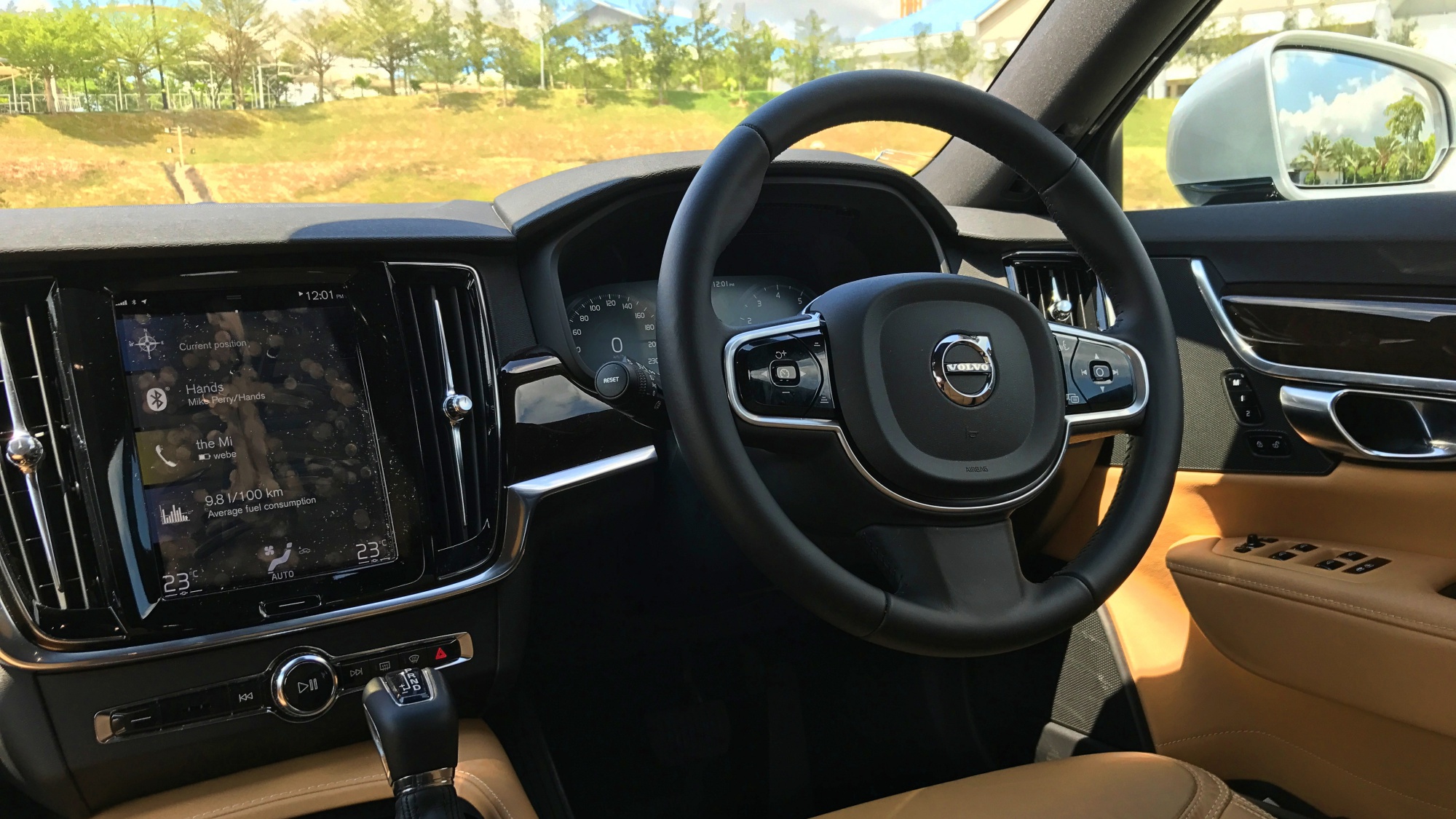
As the car wafted along the Federal for a little while longer, I drank in my surroundings. Nappa leather covered every conceivable surface, filling the car with the ambiance of a Scandinavian living room. It even smelled like one too, with the scent of the hide tingling with the faintest traces of the wood that graced the surroundings. Modern Volvos are a true masterclass in interior ambience, going with a more pared-back and calm approach to design rather than cave to the technological carnivals that festoon the interiors of its rivals. It might not be to all tastes, but you can never accuse it of being distasteful (the same certainly cannot be said of a certain German rival, especially when illuminated with gaudy magenta LEDs).
The cabin felt like an extension of the exterior, which was also fuss-free and simple in its appearance. Sure, there are design flourishes present, like the concave grille up front that was inspired by the classic Volvo P1800 sports car that the late Sir Roger Moore used to hoon about in in ‘The Saint,’ along with the strong shoulder lines that we’ve come to recognise as uniquely Volvo in recent years. But once you’ve absorbed these, you’re left with a rather clean and contemporary design that is bound to age well, likely due to there being no lines to sag with time. The car looks effortlessly luxurious, and for something so new, it’s great to see that its wheels (even in T5 guise) don’t look overwhelmed by the body they carry.
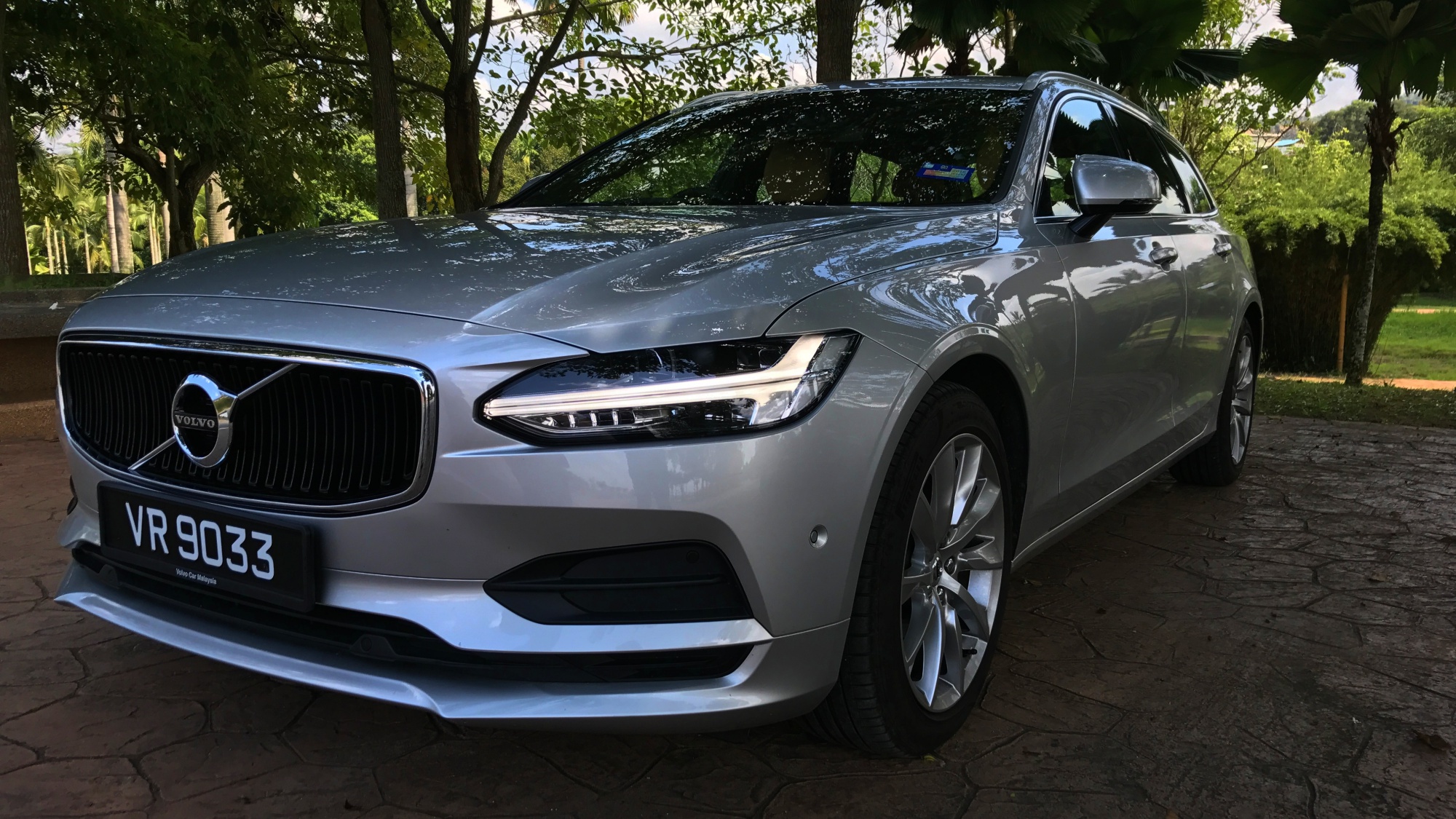
When you think of an estate car, it’s almost impossible not to think of a Volvo. Swedish estate cars were such a staple in Europe that it was impossible to have grown up without ever having experienced one (unless you were really rather poor, in which case you got an equivalent that was built either by British Leyland or some Russians). Though the heritage is there, it’s nearly impossible to draw parallels between the V90 here and the estates of yesterday. It’s traded some practicality for style, and by god was that worth it.
What the V90 gave up for style, it also gained in agility. It isn’t the last word in agility or handling, but it was never meant to be. Instead, it gains a sure-footedness and stability that you’d expect from something more athletic, while also providing a smooth and unruffled ride that you’ll appreciate over long journeys. It’s an amazing cruiser, with the comfy and planted ride supplemented by the most serene cabin this side of a Rolls-Royce. It’s so unbelievably quiet, with only a degree of tyre roar breaking the silence. The engine is muted too, though it can be heard under hard throttle.
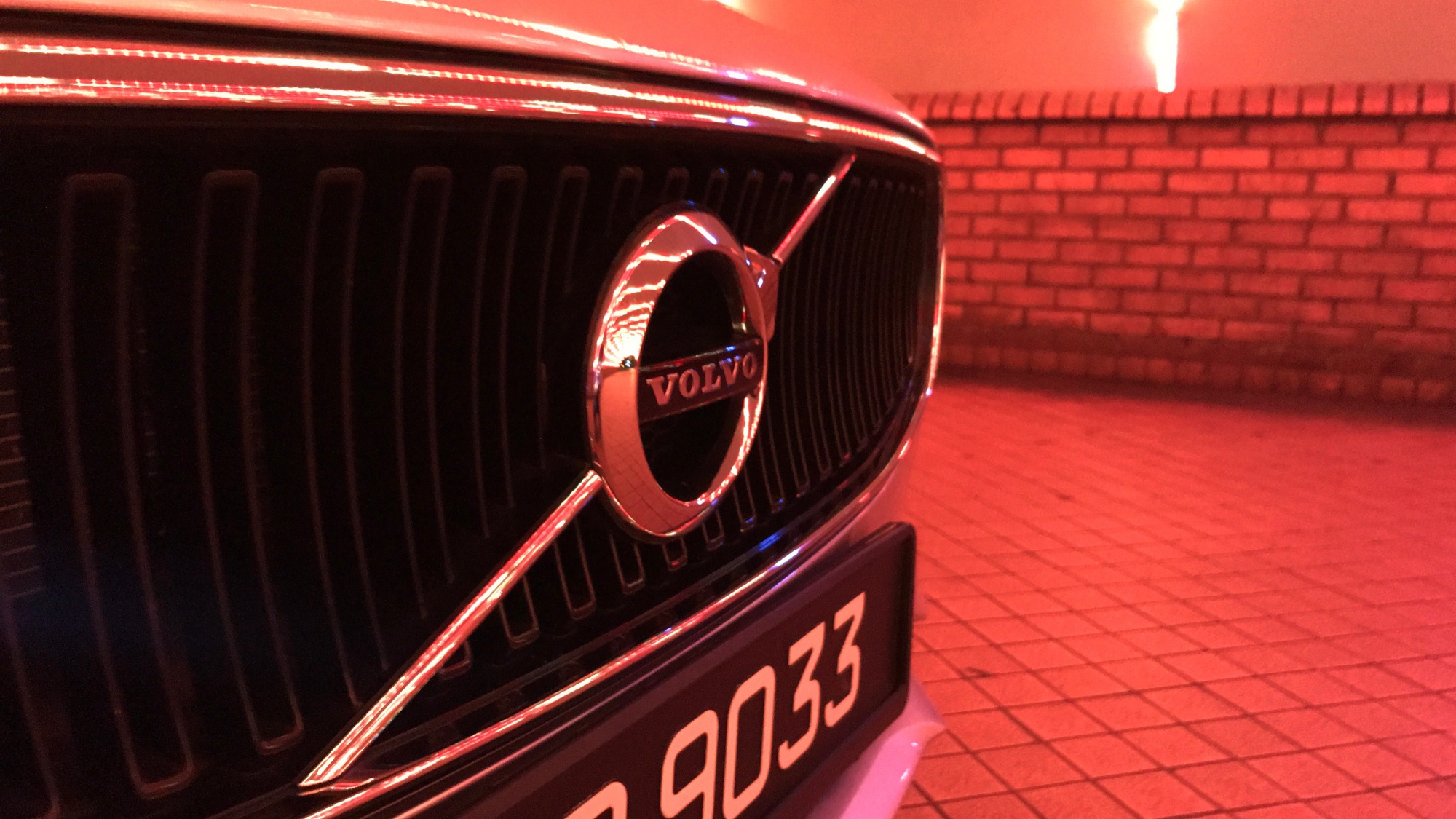
The 2.0-litre Drive-E petrol engine in the T5 produces a healthy 254hp and 350Nm, and sends power to the front wheels via an eight-speed automatic gearbox. There are no silly paddle shifters in this luxury car, with the competent gearbox doing all the work (though an override is available via the gear lever itself. The gearbox does a good job keeping the car in its torque band, even in Eco mode, allowing you to pass traffic with ease. Over the 1,300km we covered with it, the V90 T5 never returned a figure higher than 8.5L/100km, an amazing feat achieved despite my tendency to give in to temptation and leave tailgating motorists in my dust.
Are there any downsides? Well, the V90 doesn’t benefit from a smooth six-cylinder engine, so you won’t be rewarded by a creamy burble when you gun it (though to be fair, no Volvo carries more than 2.0-litres and four cylinders, and they’re hardly lacking for power). And if agility and dynamism is your thing, you’d be better off with something British or German. However, if weighed with reason and common sense, the majority of buyers in this segment don’t need a six-cylinder powerplant nor an ultimate driving machine, which means the Volvo hits the mark squarely where it should. It’s comfortable, it’s powerful, it’s economical and it’s thoughtful.
But as the SUV trend will tell you, sometimes delusion will supplant logic. Good thing Volvo has the XC90, too.
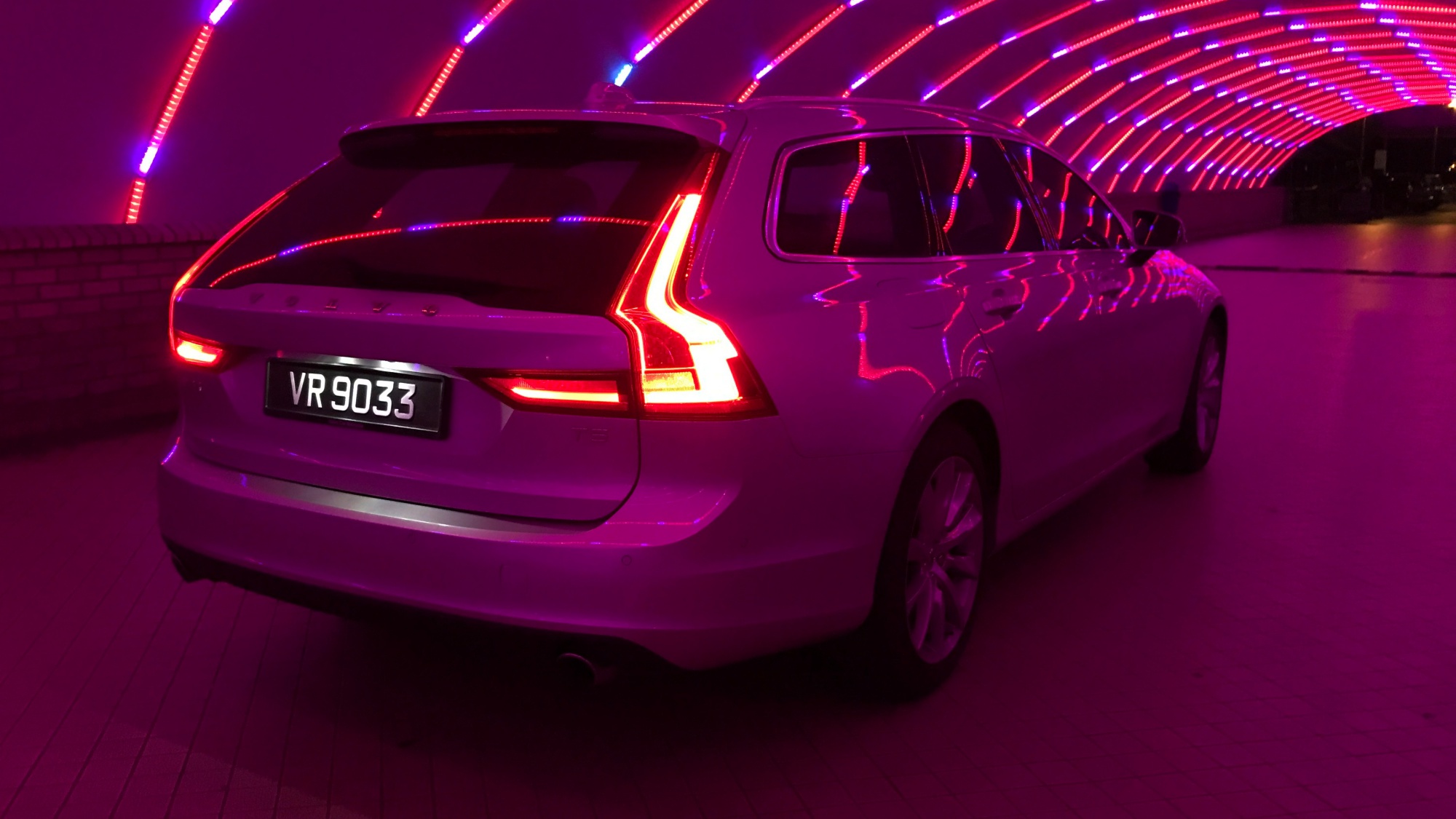
2017 Volvo V90 T5 – RM393,888 (before on-road costs)
- 2.0-litre four-cylinder turbocharged petrol engine
- 254hp, 350Nm
- Eight-speed automatic gearbox, front-wheel drive
- Six airbags
- Electronic stability control
- Autonomous-emergency braking, lane-keep assist, active radar cruise control
- PilotAssist semi-autonomous driving capability
- Portrait-oriented SENSUS infotainment display
- LED headlights with adaptive beam, auto-high beam
- Nappa leather upholstery
- Fully-digital instrument display
- Powered tailgate
- ISOFIX tethering points
- Volvo OnCall roadside assistance
- 5-year warranty
The Pros
- Elegant, minimalist design
- PilotAssist semi-autonomous driving technology is amazing
- Are there any competitors?
The Cons
- Driving experience is far from involving
- Cargo cover never works
The right changes at the right places, but still a little off the pace

Aiman Abdullah
The driving force behind MM, you will very rarely find Aiman doing something that isn’t testing a car, writing about a car, researching a car, or trying to buy a car.
It‘s a wonder how he isn’t living in one.


